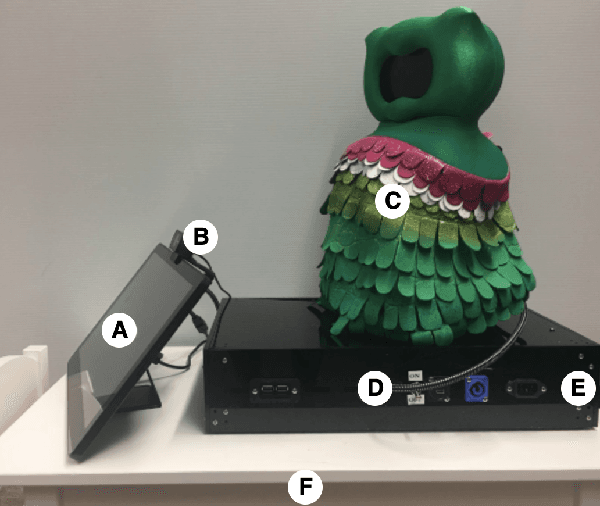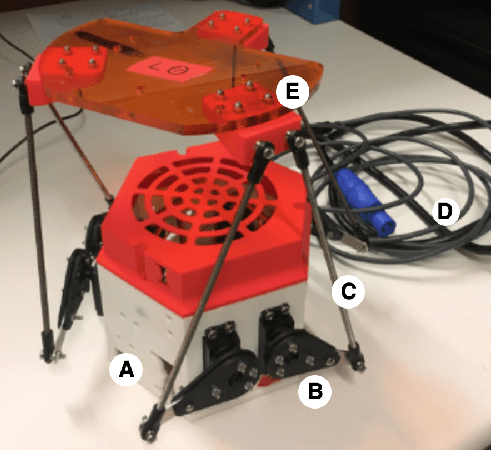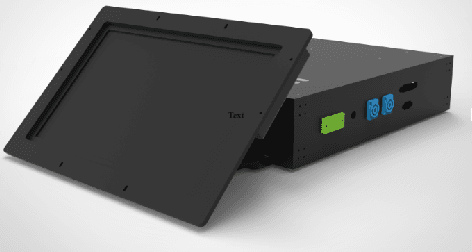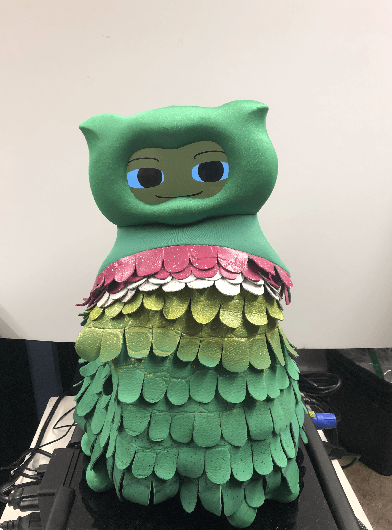Designing a Socially Assistive Robot for Long-Term In-Home Use for Children with Autism Spectrum Disorders
Paper and Code
Jan 22, 2020



Socially assistive robotics (SAR) research has shown great potential for supplementing and augmenting therapy for children with autism spectrum disorders (ASD). However, the vast majority of SAR research has been limited to short-term studies in highly controlled environments. The design and development of a SAR system capable of interacting autonomously {\it in situ} for long periods of time involves many engineering and computing challenges. This paper presents the design of a fully autonomous SAR system for long-term, in-home use with children with ASD. We address design decisions based on robustness and adaptability needs, discuss the development of the robot's character and interactions, and provide insights from the month-long, in-home data collections with children with ASD. This work contributes to a larger research program that is exploring how SAR can be used for enhancing the social and cognitive development of children with ASD.
 Add to Chrome
Add to Chrome Add to Firefox
Add to Firefox Add to Edge
Add to Edge